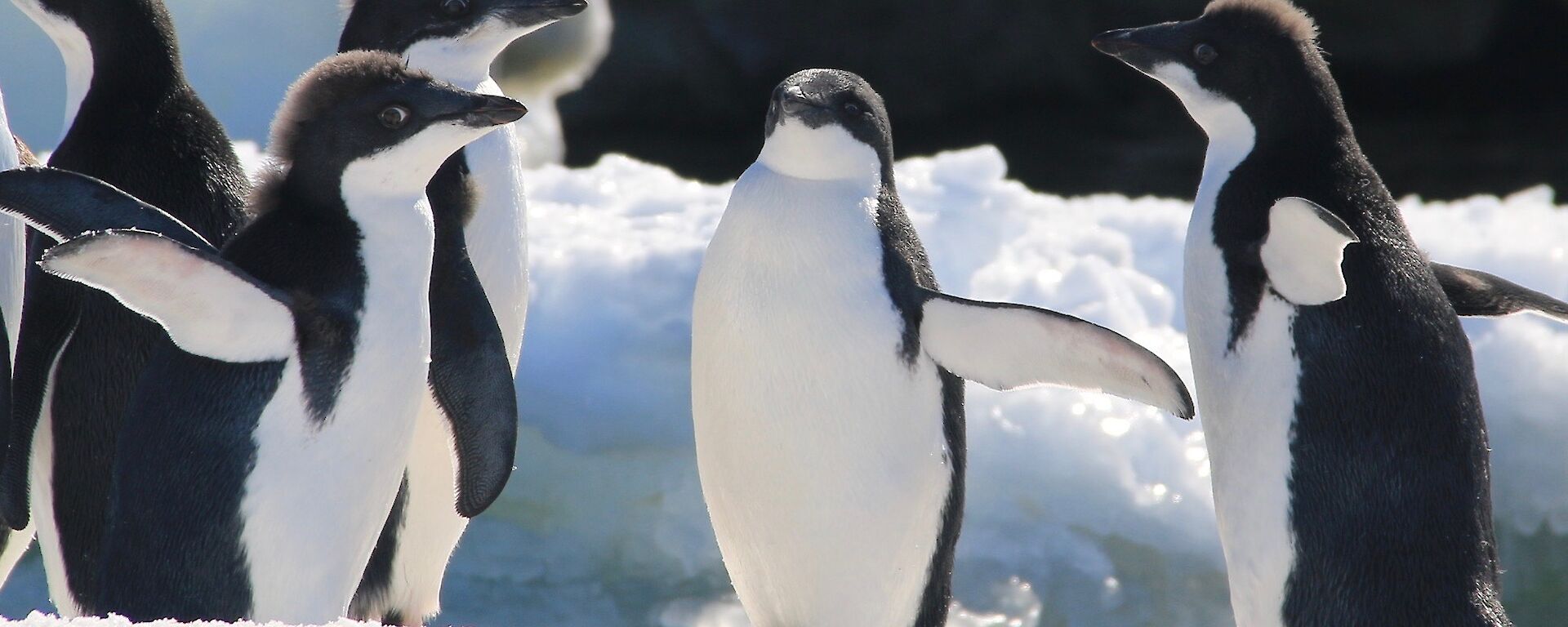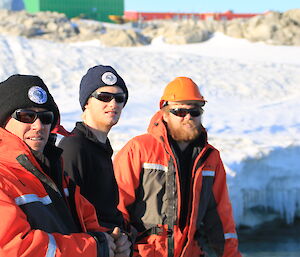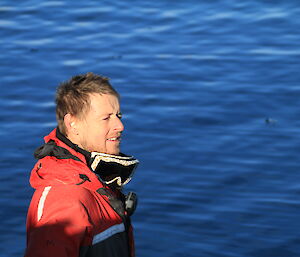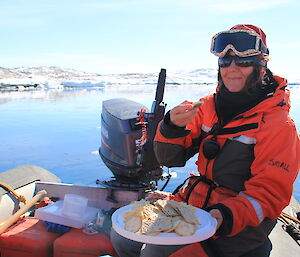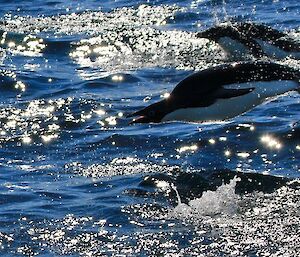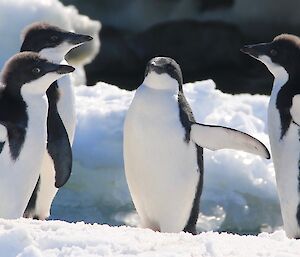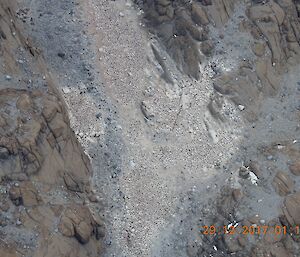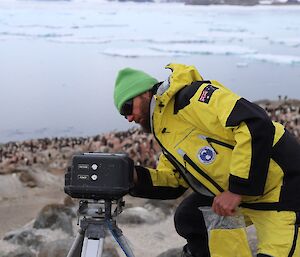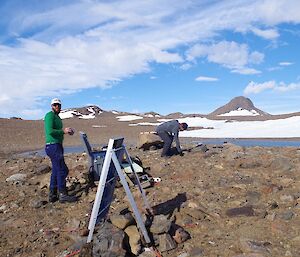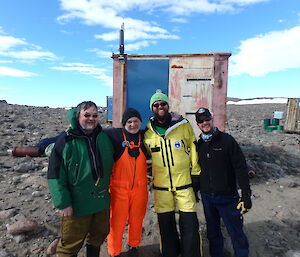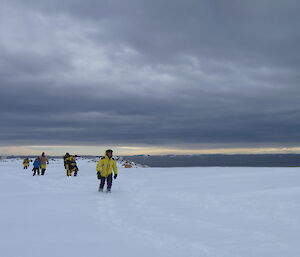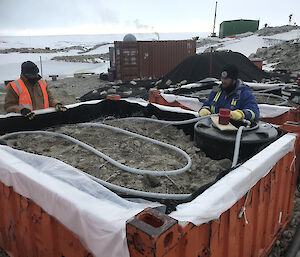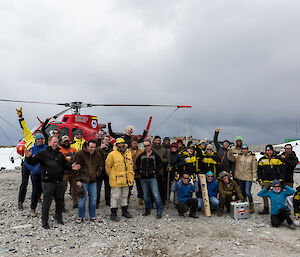'Tis the season for farewells. This week we have had two flights to/from Hobart and with them go our summering scientists, the helicopters and crew, and some lucky people who have made their way to station for short operational visits.
The A319 Airbus flight on Wednesday took with it our last remaining winter expeditioner, Clint (AKA Lord Casey Chilcott), after 469 days on station he is heading home and has left us with a short Icy News story of his summer stint as a scientist (below).
Also departing was the wonderful Jolley project team: Darren, Gwil and Kath. Jolley by name and Jolly by nature. They will be sorely missed, especially for their kindness in giving many of the station based expeditioners a chance to get out on the water and assist in their sampling and monitoring. Tom, the most fabulous watercraft operator, will also leave a huge hole in the station population – a true gentlemen who had a knack of packing the perfect picnic for a day out on the water. Nothing better than a shortbread biccie and a cup of tea, or a cheese platter, while sitting on the water watching the penguins porpoise around the boat. (The Jolley team and the wildlife seen when boating with them are the focus of this week’s pictures.)
As many are thinking about departing, and getting that last trip in to a field hut, the Wintering team are thinking about the next eight months…are there any last minute items we need to order online to make that last flight, what will the slushie roster look like, should I move rooms into the one with the better view of Newcombe Bay? And in turn we ramp up to a busy few weeks of search and rescue training so we're prepared to respond when our plethora of field training officers has flown north for the winter leaving us to cope on our own.
They days are finally getting shorter, we do have a few hours of darkness each night now (even it is still technically twilight), and the temperature is dropping. Winter is coming.
By Rebecca (Station Leader).

